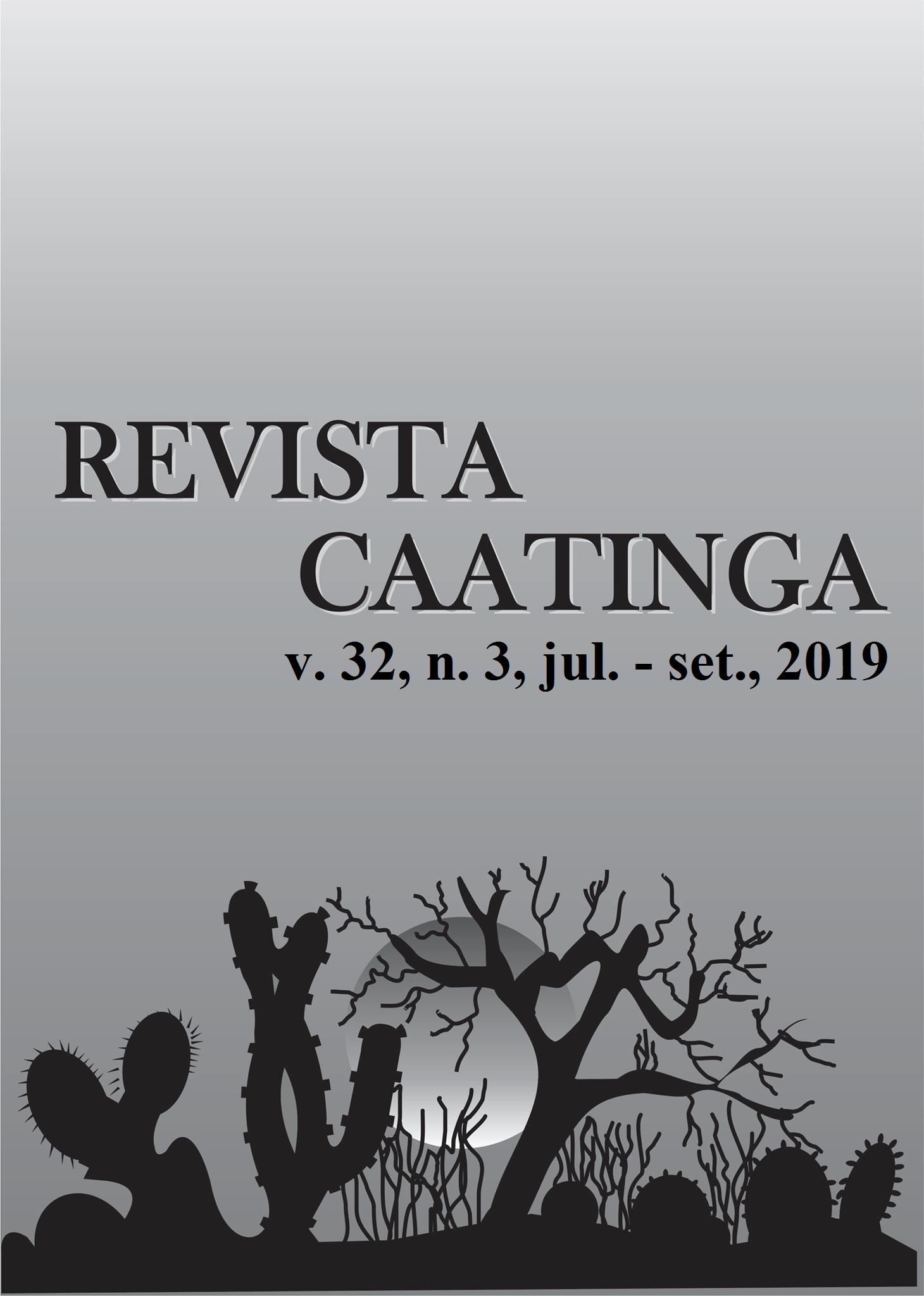BEHAVIOR OF PANTANEIRA AND GIROLANDO HEIFERS REARED ON PASTURES IN THE FOUR SEASONS OF THE YEAR
DOI:
https://doi.org/10.1590/1983-21252019v32n325rcKeywords:
Naturalized cattle. Animal comfort. Ethology. Shadow.Abstract
The objective of this study was to evaluate feeding and physiological dynamics of Pantaneira and Girolando heifers reared on pasture and their preference for three types of natural shadows. Fourteen animals, seven of each breed, with mean weight of 328 kg (Pantaneira) and 430 kg (Girolando) were used. The pasture consisted of Panicum maximum; the animals' behavior in open areas and under treetops (Anadenanthera colubrina; Terminalia argentea, and Mangifera indica) was evaluated. Two 24-hour observations were performed per station, totaling 192 hours of data collection. The experimental design was completely randomized, using 4×2×3 (station × breed × canopy) and 4×2 (station and breed) factorial arrangements, with 7 replications. M. indica was the preferred tree species by both breeds in all seasons; Girolando animals remained longer under the canopy of these trees during winter and spring. Feeding dynamics of the two breeds was similar, with a seasonal effect on the standing rumination (SR) variables and social interaction, with Girolando spending more SR time in the spring (230.0 min) and less interaction in the summer (53.57min). Girolando animals searched for water more often during summer. No statistical differences or interactions between factors were found for urination and defecation of the animals, except for defecation in the summer period, which was higher than in the other seasons.
Downloads
Downloads
Published
Issue
Section
License
Os Autores que publicam na Revista Caatinga concordam com os seguintes termos:
a) Os Autores mantêm os direitos autorais e concedem à revista o direito de primeira publicação, com o trabalho simultaneamente licenciado sob a Licença Creative Commons do tipo atribuição CC-BY, para todo o conteúdo do periódico, exceto onde estiver identificado, que permite o compartilhamento do trabalho com reconhecimento da autoria e publicação inicial nesta revista, sem fins comerciais.
b) Os Autores têm autorização para distribuição não-exclusiva da versão do trabalho publicada nesta revista (ex.: publicar em repositório institucional ou como capítulo de livro), com reconhecimento de autoria e publicação inicial nesta revista.
c) Os Autores têm permissão e são estimulados a publicar e distribuir seu trabalho online (ex.: em repositórios institucionais ou na sua página pessoal) a qualquer ponto antes ou durante o processo editorial, já que isso pode gerar alterações produtivas, bem como aumentar o impacto e a citação do trabalho publicado (Veja O Efeito do Acesso Livre).







